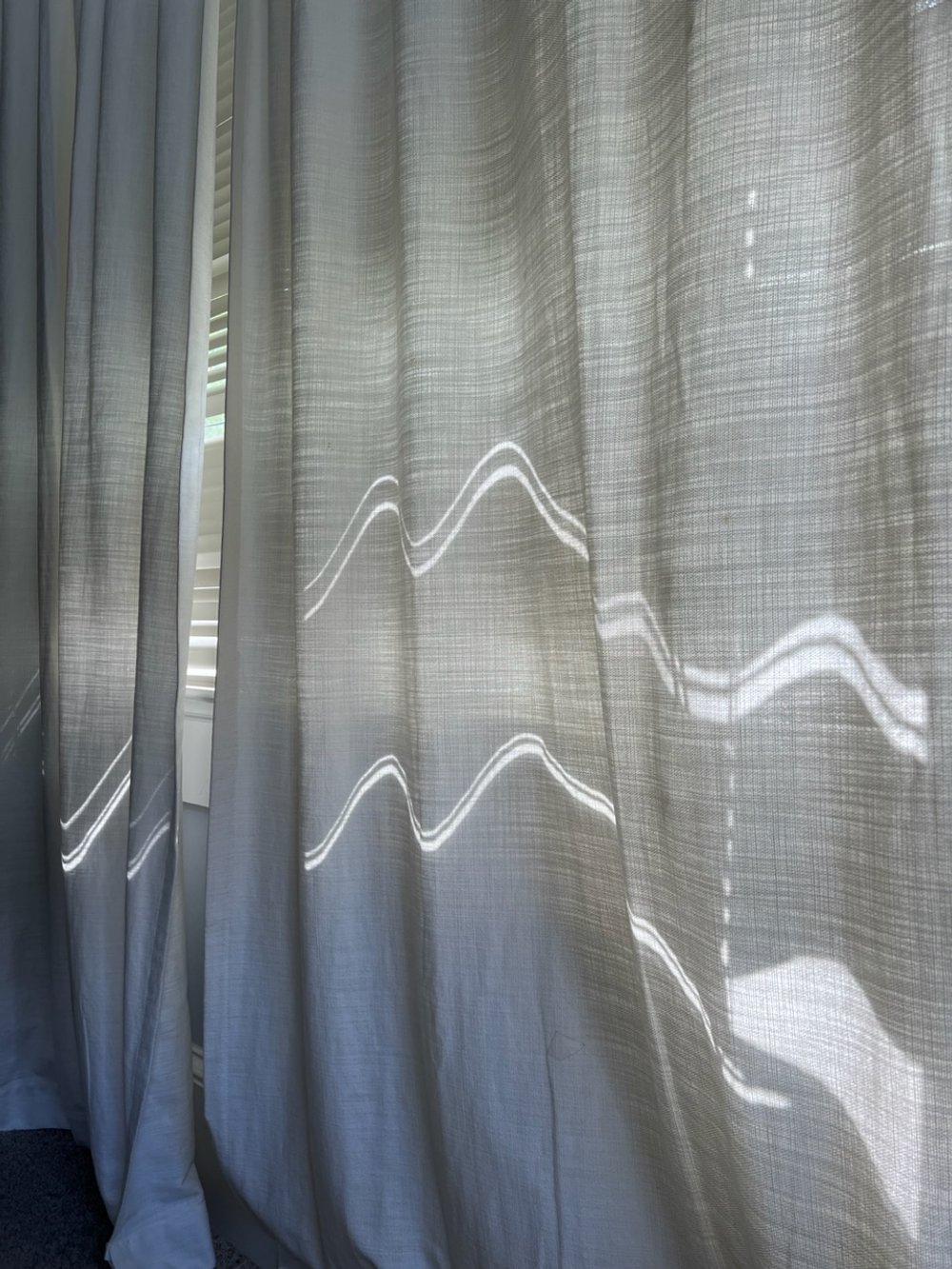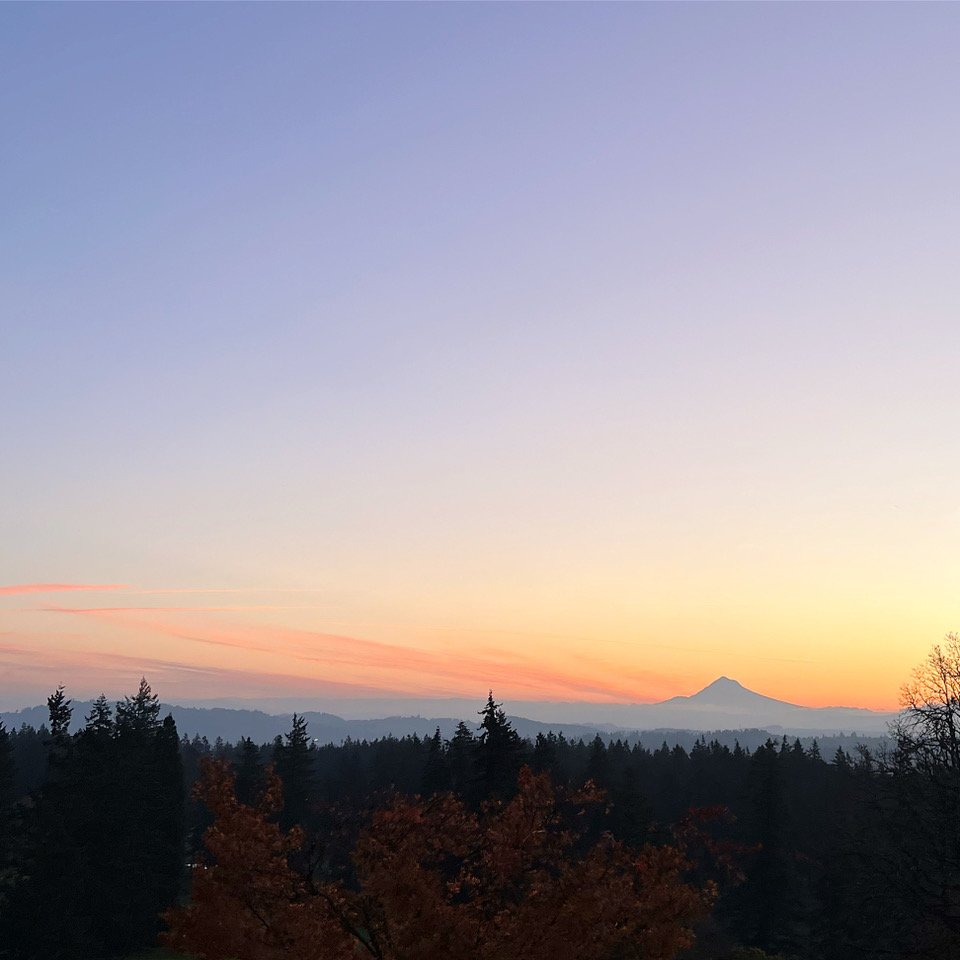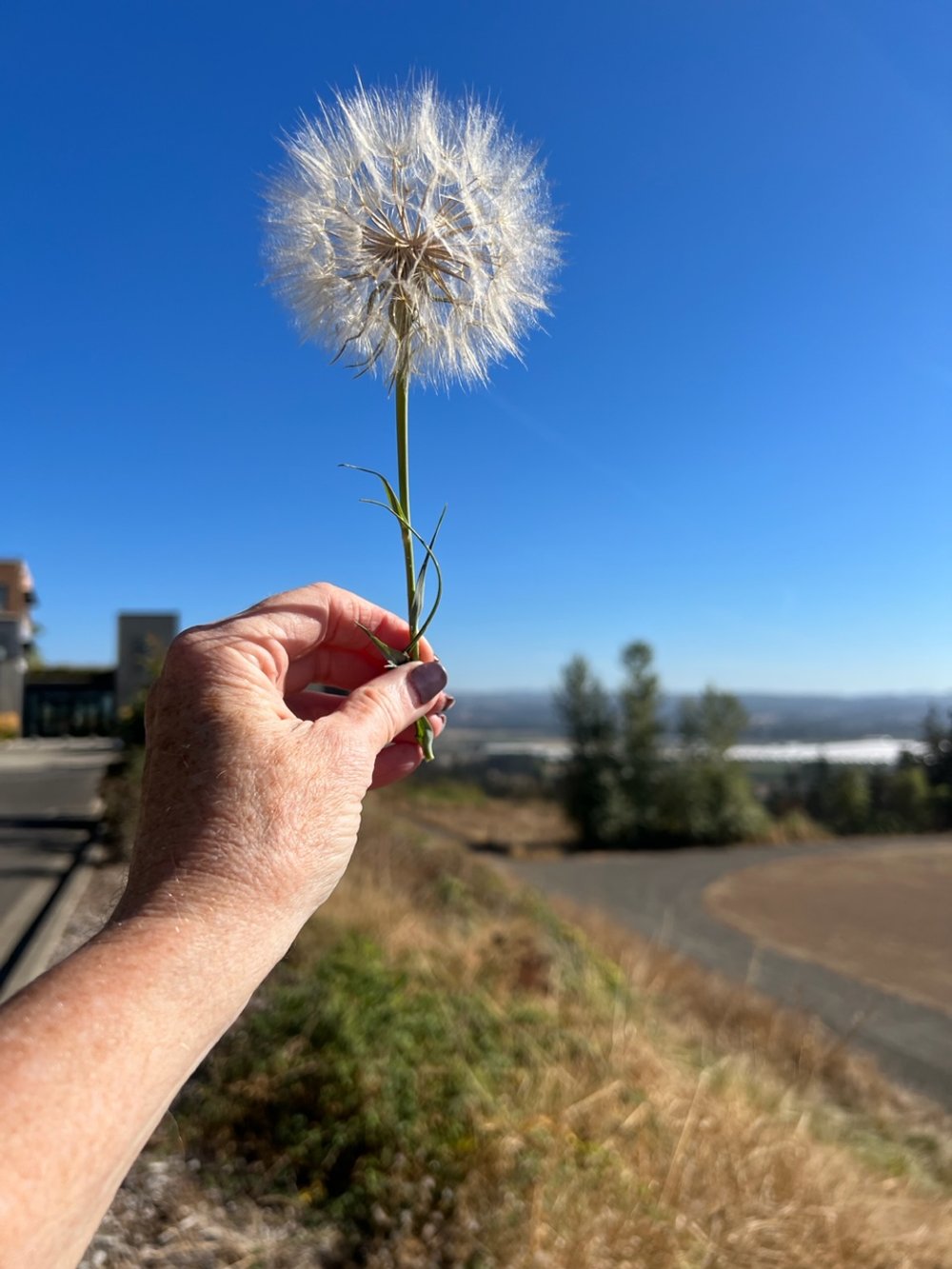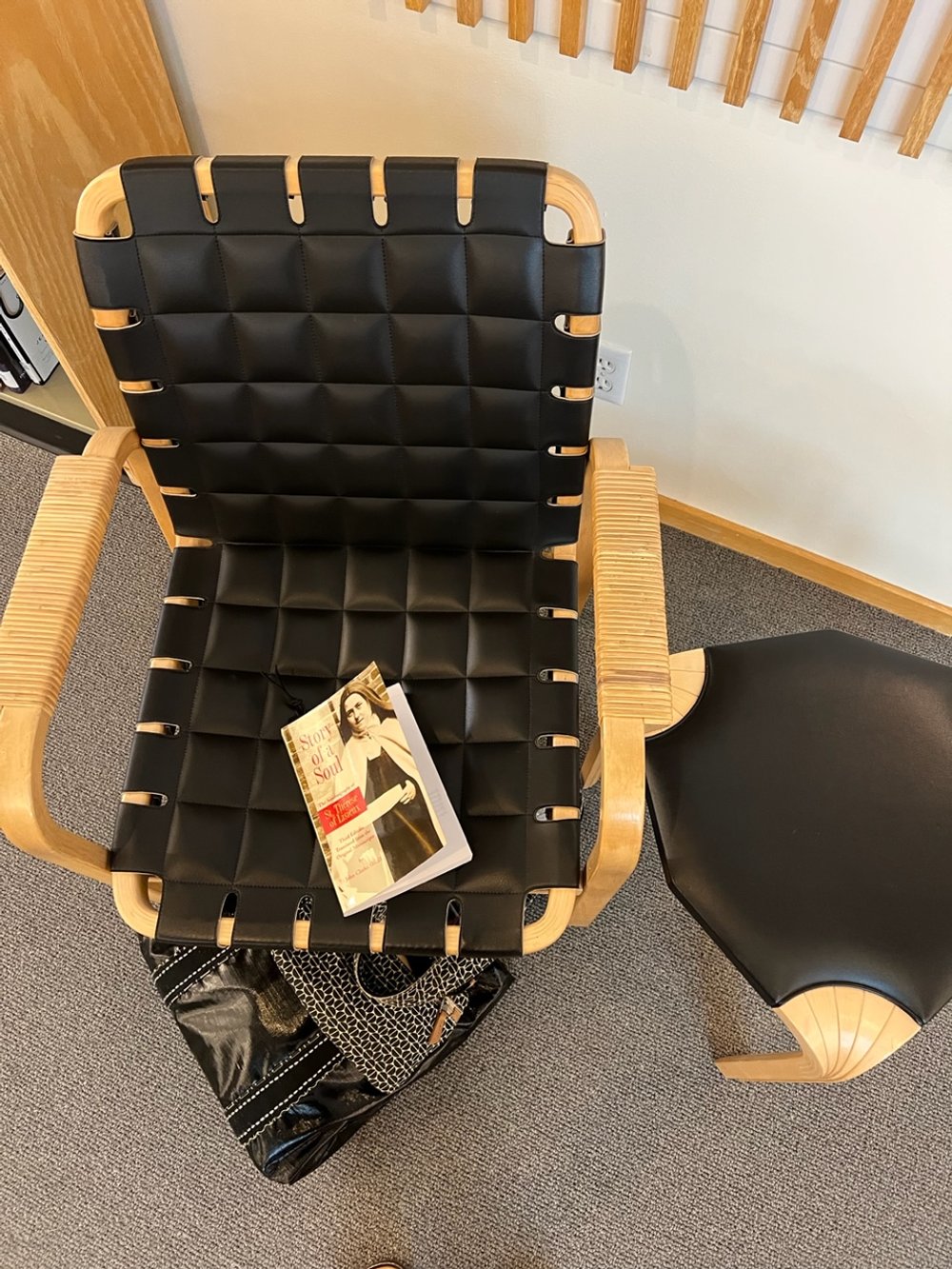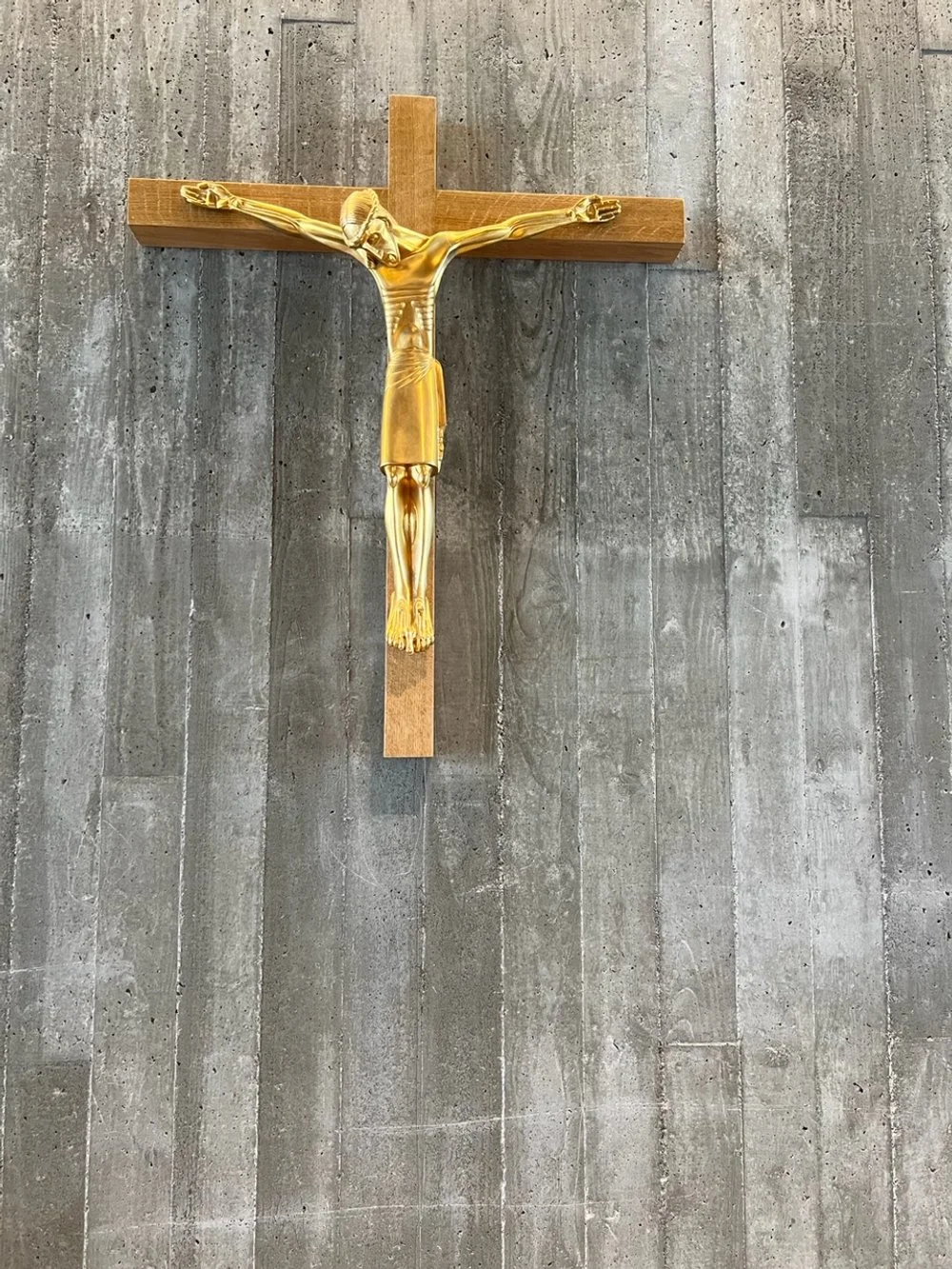A Year of Being Made New - noticing more and less, joy and sadness, light and darkness
“At the end of the day, the earth smells thirsty.”
Naomi Shihab Nye
Beginnings are so thrilling. The far horizon seems oh so wide and not so far. It seems large and attainable. Anything seems possible.
At the start of a project, a season, a fresh year, I want to leap ahead, arms and legs wide and wonderful.
But interesting, surprising, curious, deep things happen at the ends as well. These epiphanies rise up toward the close of conversations, stories, therapy sessions and spiritual direction. A moment of reflection and naming always does good work for its often at the end that we realize the heart of what we’ve been talking around and about all along.
So before 2023 begins, before we slip, slide, ease, dig in our heels, or joyfully jump headlong into a new year, let’s look at the year we’ve just lived through. Let’s pause and notice the work that began in us a year ago. Of course, the lines between years may not be as small as one day, so take your time looking back and naming where you’ve been and who you might be becoming.
For me, it’s been a year of “poiema”, the word that chose me in 2022. Being made new, a masterpiece, a poem, sounds exciting. And it is. Art is valuable, beautiful, expressive of its maker. But art-making is a process over time. When we are being made whole or re-made anew, it is like any home renovation, before new spaces can emerge there is a disruptive process that entails flying dust, exposed framing, hidden leaks, shallow foundations, cut corners from previous construction, delays, and a dumpster or two.
This home renovation imagery helps me remember we can encounter similar painful parts of our journey when it is our soul being renovated.
When I reflect on 2022, I notice several recurring themes that have to do with being made new. Some I needed more of and some less.
More:
tenderness, generosity in my definition and experience of prayer, people and spaces that sharpen me, curiosity, creativity, puzzles, and poetry, and wide open spaces for God to work.
Less:
talking, efficiency, certainty, comfort without discomfort, television, and bringing my body guard in to the room before me.
When it comes to being made new, I have realized it is an ongoing process and not happening in me alone. God continues to make me, us, and his church all separately and together. Though some work is personal, we cannot go it alone. Some of our formation will happen in and for our community. We are better when we collaborate and listen together. As Dallas Willard writes,
“. . . spiritual formation is not only formation of the spirit or inner being of the individual, though that is both the process and the outcome. It is also formation by the Spirit of God and by the spiritual riches of Christ’s continuing incarnation in his people . . ."
We were crafted, are still being crafted, and will be crafted by our Artisan God in Imago Dei for the flourishing of the world. I didn’t grasp how thorough, communal, and ongoing this process is and continues to be.
Some questions I started asking during my year of poiema:
• Where do I notice patterns of light and darkness in a room, through the trees, on sidewalks, on the stairs, in people, in me?
This noticing of light patterns began as a way to pay attention to my life, to the part that is changing, calling, rising and falling outside of my control. More than only sunrise and sunset, I started noticing the way light and dark danced across a day or a face.
This noticing became a form of unceasing prayer. I remembered where I was, what I was doing, who I was with, what was being said with words or faces. I simply stopped to listen and receive the present moment.
• How can I practice resurrection in everyday life?
I began to wonder what to do when you need Easter to linger, get under your fingernails and into the soil of your life. I wrote more about how I was learning to practice resurrection at the time.
Looking back, I glimpsed that part of practicing resurrection includes embracing the life and death that comes before the resurrection. My invitation became noticing and naming my joys (life-gifts) and sorrows (deaths) so I could fully appreciate the resurrections (new life).
Joys:
buying a long-prayed for plot of land, keeping up my writing habit, companioning people in spiritual direction, teaching a Rule of Life workshop, new friendships, wall Sabbaths, thrifting for wooden bowls, no radiation for Mama.
Sadnesses:
the Georgia Peaches not coming to visit this summer, the Uvalde shooting, Tom’s death, the ache of autumn, Mama’s mastectomy, Feast of the Holy Innocents in the middle of my home full of children.
“So friends, every day do something that won’t compute. Love the Lord. Love the world. work for nothing . . . Ask the questions that have no answers . . Plant sequoias.
Go with your love into the fields. Lie down in the shade. Rest your head in her lap.
Put your ear close, to hear the faint chattering of songs that are to come . . . laugh. Be like a fox who makes more tracks than necessary, some in the wrong direction. Practice resurrection.”
• What prayers am I already praying?
At some point in 2022, I realized my prayers aren’t only my words, but also my actions, sighs, silence, laughter, longings, dreams, zings, aches, and relationships. My prayers are all one piece made of many seemingly scattered pieces stitched together into something called my life.
The more I became aware and intentional about bringing my life under the gaze of my loving God, the more I understand, no matter how faintly, what it is I am truly praying and with Whom I am in communication and communion with.
Participating in Ignatian Retreat in Everyday Life was a catalyst for this new found deep and wide prayer life.
“I invite you to become aware of the prayers that you are already praying. Perhaps you will be surprised at how full of silent prayers your daily round is, how full of meaning and grace.”
• Where am I expecting God to be efficient, practical, or add up somehow?
This year of listening, watching, and living the process of being made new - poiema - helped me see how often I was grasping for the direct route, the short distance, the smooth road, the practical way, the efficient method. And how that is often not God’s way with us. Not because he is difficult, but because I can be. Not because he is stern but because he loves me enough to save me, make me new and found for eternal life with him in his kingdom.
This idea that God is inefficient as we understand efficiency seems to dovetail tightly with Wendell Berry’s invitation to do things that don’t compute.
Also in that category of things that don’t compute was my invitation from Christ to make weekly visits to a local monastery.
• What to do with Jesus’ invitations that make no practical sense?
I fumbled my way through, beginning with doubting the impracticality of it all: 40 minutes out and back, the time and the cost in gas, all with no clear objective. But in one of those last minute naming inivitations with my own spiritual director, I had said it aloud, “Jesus has invited me to go to a local monastery. I even know which one.”
So I went, rearranging my work days to go, fretting and reluctant at first, counting the miles and the hours. Then, excitedly, longingly, even savoring the trip through the countryside. It was quiet with only the sound of church bells and hawks over the hilltop.
I walked the campus, the graveyard, and the Stations of the Cross. I visited the cows. I wrote in the hush of the sculptural Alvar Aalto library and read books: Story of a Soul, Shirt of Flame, The Imitation of Christ, Under the Unpredictable Plant, Beauty.
As the seasons changed, I gathered acorns and chestnuts and scattered plump dandelions with the breath inside me. Not as wishes, but prayers over the hilltop for myself, for the brothers taking vows, for the chapel of my heart, for our brokenhearted world.
I drank good coffee made by monks who were funny and serious and opinionated. I sat under a crucified Jesus celebrating my first Holy Cross Day.
I listened to the wind, the monks at organ lessons, my heartbeat, my Savior’s sighs. I watched the clouds shape, disperse, and re-shape in the sky. I smelled the mown grass and the coming of autumn.
I learned that to tend your inner monastery, sometimes you have to visit a literal one as impractical and inefficient as it may seem to get the rhythm, texture and heft of it. You don’t have to know why, just when. And be willing to meet the One who invited you.
So as we close 2022, the year of poiema for me, I want to remind myself of all this year brought to me and took away. I want to say with Naomi Shihab Nye, the poet we began with,
“Every year unfolds like a petal inside all the the years that receded it.”
